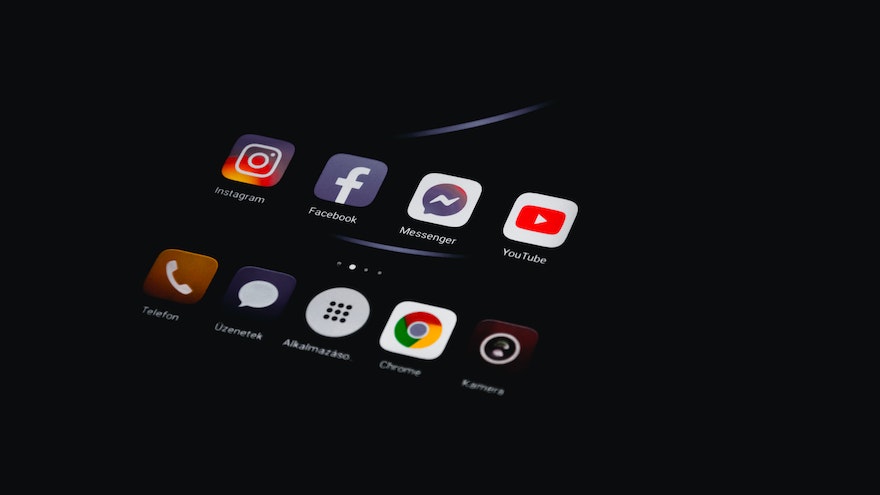Social media has become an integral part of our daily lives, both personally and professionally. With the constant influx of information and the ability to connect with others at the touch of a button, it’s no surprise that more and more people are turning to social media to stay informed and engage with their communities.
However, navigating the vast and ever-changing world of social media can be overwhelming, especially for those new to the space. That’s where social media tools and resources come in. These tools and resources can help users manage their online presence, engage with their audience, and measure the success of their social media efforts.
Here are just a few of the many social media tools and resources available:
1. Social media management tools
These tools help users manage their social media accounts and schedule posts in advance. Some popular options include Hootsuite, Buffer, and Sprout Social. These tools can also provide analytics and insights into the performance of a user’s posts, allowing them to track their engagement and reach.
2. Hashtag tracking tools
Hashtags are a crucial component of social media, allowing users to categorize their posts and engage with others in their community. Hashtag tracking tools, such as Keyhole and RiteTag, help users track the performance of specific hashtags and identify relevant hashtags to use in their own posts.
3. Social listening tools
Social listening tools allow users to monitor and track mentions of their brand across social media platforms. These tools can provide valuable insights into what people are saying about a brand and help users engage with their audience in real-time. Some popular options include Brand24 and Mention.
4. Social media analytics tools
Social media analytics tools provide users with detailed insights into their social media performance. These tools can track metrics such as reach, engagement, and audience demographics. Some popular options include Google Analytics and Facebook Insights.

By leveraging these social media tools and resources, users can more effectively manage their online presence and engage with their audience.
In addition to the tools and resources mentioned above, there are many other options available to help users maximize their social media efforts. For example, visual content creation tools, such as Canva and Adobe Spark, can help users create eye-catching graphics and videos for their social media posts.
Social media influencer marketing platforms, such as Traackr and Upfluence, connect brands with influencers who can help promote their products or services. These platforms can also provide analytics and insights into the performance of influencer campaigns.
Social media automation tools, such as IFTTT and Zapier, allow users to automate certain tasks, such as sharing their blog posts on social media or sending direct messages to new followers. These tools can save time and help users stay engaged with their audience without having to constantly monitor their social media accounts.
It’s important to note that while these tools and resources can be incredibly useful, they should be used with caution. Over-automation and reliance on algorithms can lead to a lack of authenticity and genuine engagement with an audience. It’s crucial to strike a balance and use these tools to supplement, rather than replace, personal connections and interactions on social media.
To learn more about how to effectively use social media tools and resources, be sure to check out our free ebook on how to become an influencer. In this ebook, we cover everything from building a personal brand to leveraging influencer marketing to grow your audience and reach. Download our ebook today and start your journey towards becoming a social media influencer.


